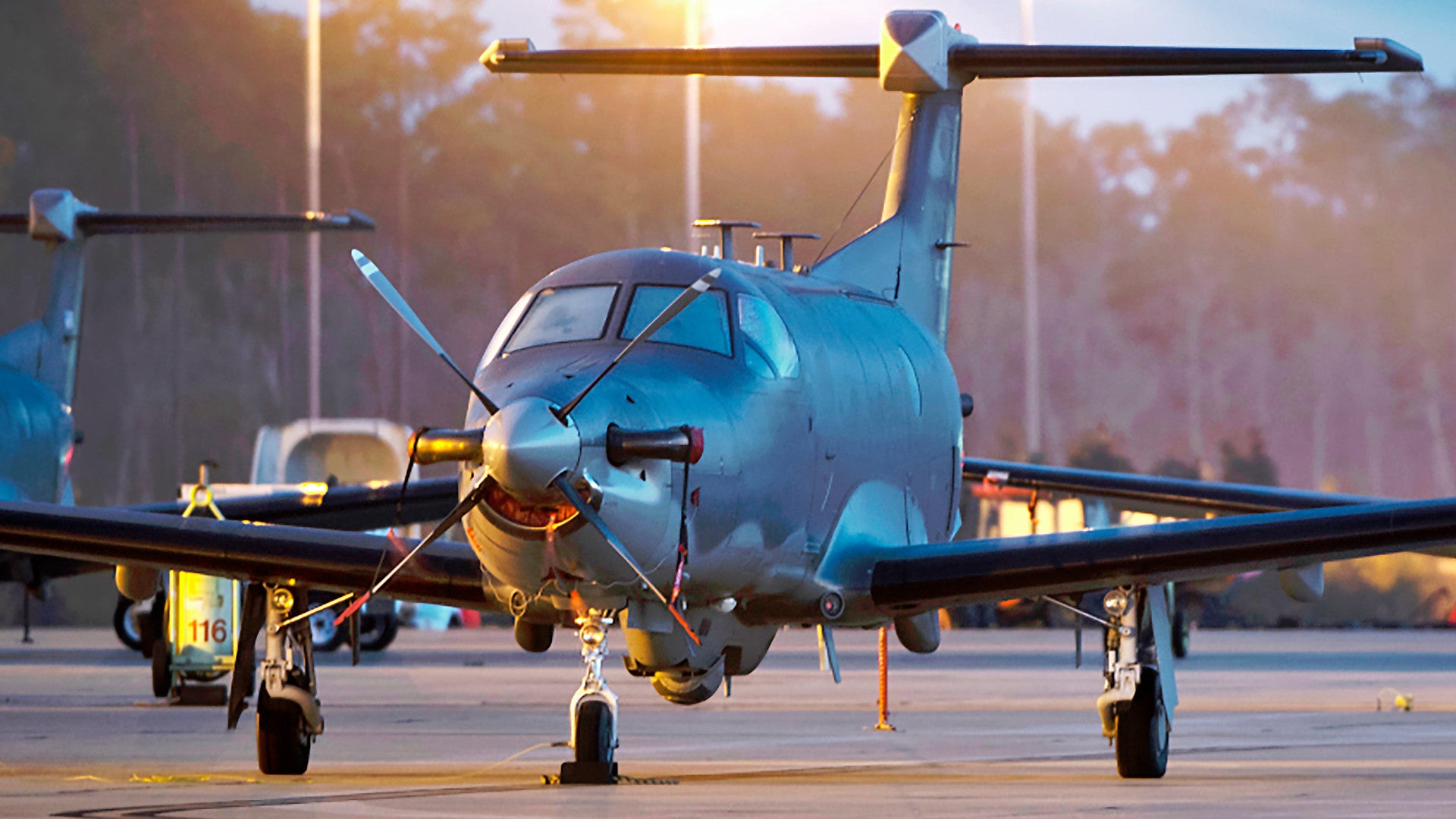The U.S. Air Force Special Operations Command’s secretive U-28A intelligence, surveillance, and reconnaissance aircraft now have an official nickname, Draco, the Latin word for dragon. These unassuming planes have become an increasingly important component of U.S. counter-terrorism operations around the world since their introduction more than a decade ago.
The Air Force announced the plane’s new nickname on June 19, 2019, but said that the official approval had come the month before. Air Force Special Operations Command (AFSOC) first began flying the U-28As, which are militarized variants of the Pilatus PC-12M single-engine turboprop, in 2006.
“Over the battlefields of the global war on terror, Draco has come to mean unparalleled special operations intelligence, surveillance and reconnaissance support, especially to the men and women on the ground in the line of fire,” U.S. Air Force Lieutenant Colonel Chad Anthony, the commander of the 319th Special Operations Squadron, one of the units that flies the U-28A, said in a statement. ‘Aircrew and special operators who have flown and worked with the Pilatus U-28A have known it as Draco since its first combat deployment in June 2006.”
The 319th is one of four squadrons that presently fly the U-28A. The others are the 34th, 318th, and 5th Special Operations Squadrons (SOS), the latter of which is an Air Force Reserve unit. At present, the Air Force’s Draco fleet consists of 28 aircraft in total.
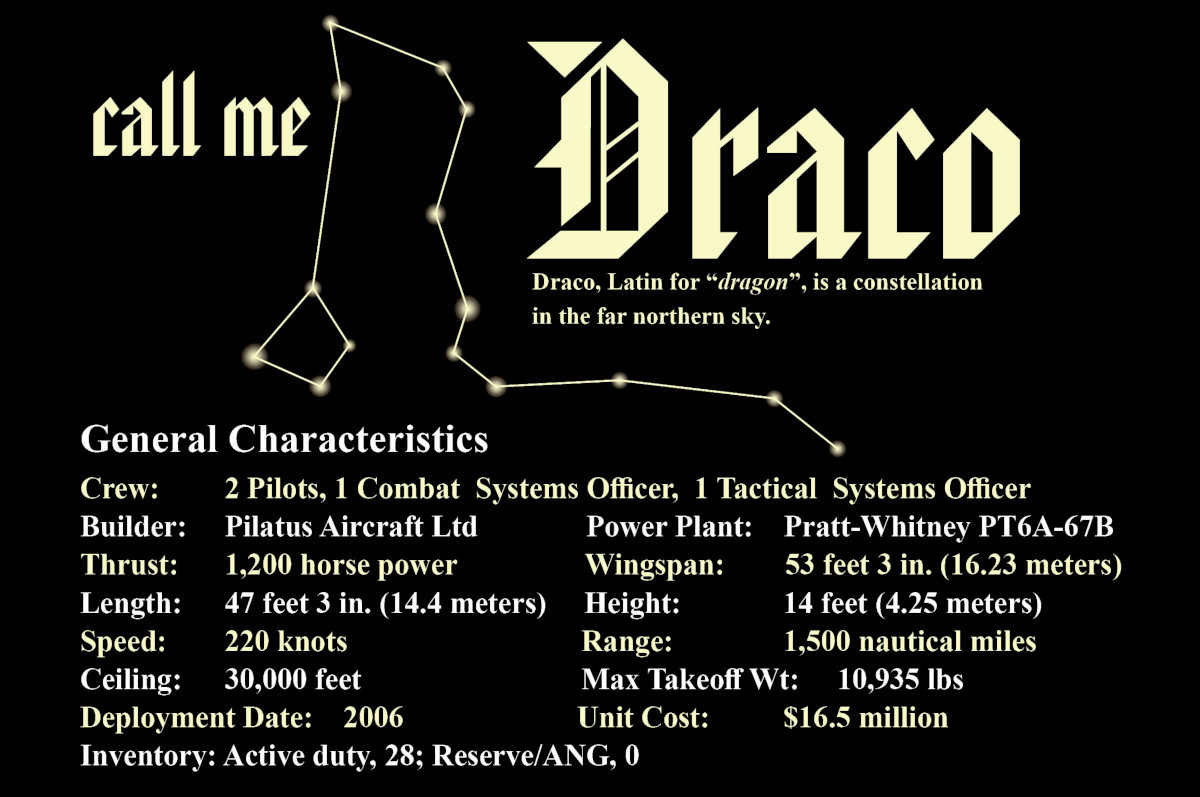
The push to finally give the U-28A an official nickname dates back to at least the 2010-2012 timeframe, according to the Air Force. “Lieuantent General Eric Fiel, the AFSOC commander at the time, had told us we ought to name the aircraft,” U.S. Air Force Colonel Robert Masaitis, who is presently head of the 492nd Special Operations Training Group, but previously served as the head of the 34th SOS, said.
“Between the two, then later three squadron commanders, we could agree that ‘Draco’ was probably the obvious choice,” he continued. “I’m glad to see we’re bringing this initiative to fruition after all this time, as the U-28 has become so much more than the single-engine, non-descript ‘utility’ aircraft we brought into the service over a decade ago.”
The exact intelligence, surveillance, and reconnaissance (ISR) capabilities of the U-28A are unknown and not all of the aircraft share the same configuration, different iterations of which have appeared over the years. It is known that the majority of the aircraft have a sensor turret with electro-optical and infrared cameras, as well as signals intelligence systems to geo-locate and monitor hostile communications and other emitters. There are also reports that some of the aircraft may have a synthetic aperture radar imaging capability.
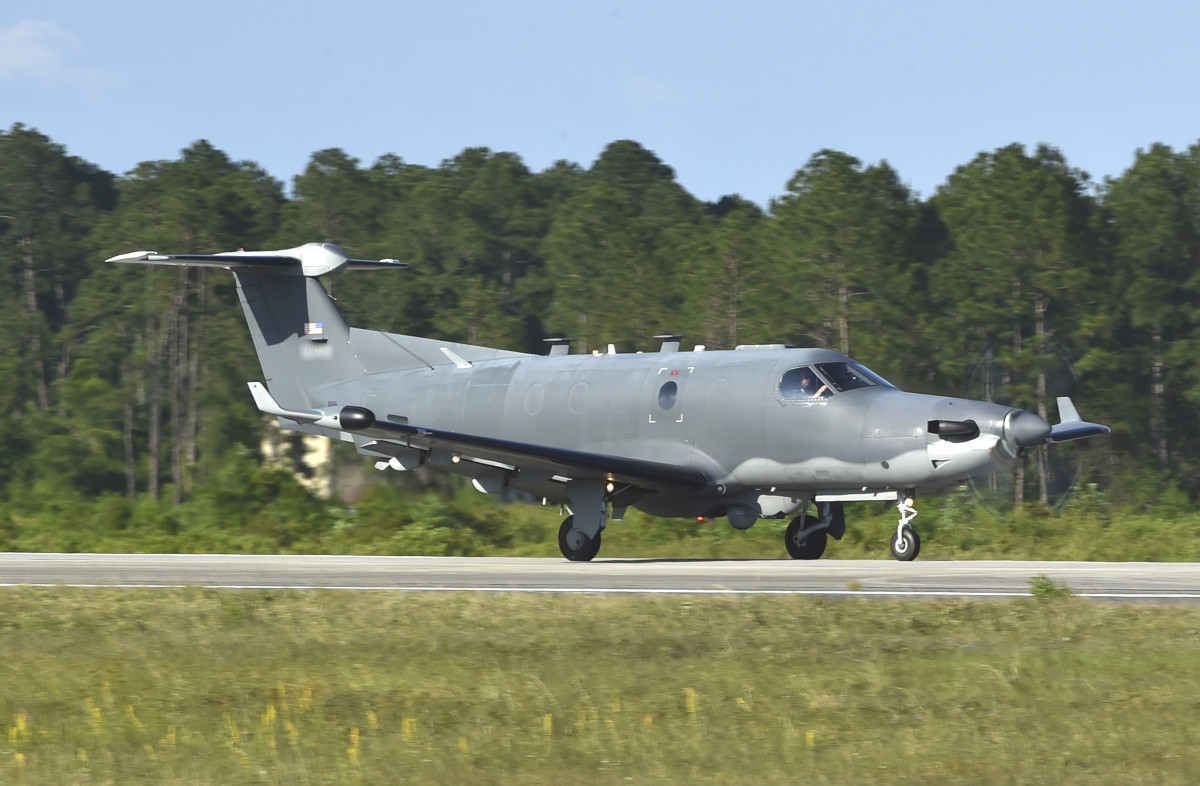
In recent years, AFSOC has been upgrading the U-28As to a configuration known publicly only as EQ+. This update includes the addition of new sensor turret with a high-definition, multi-spectral imaging full-motion video camera, which also offers better stand-off range, according to Pentagon budget documents. This allows the aircraft to fly at higher altitudes and otherwise operate further away from its target, reducing risks to the plane’s crew and potentially making it less likely that the subject or subjects of interest would even be aware they’re under surveillance.
In addition, despite their diminutive size, the U-28As have
an extensive communications and data-sharing suite. This allows them to push the information they gather back to command centers for further exploitation or straight to personnel on the ground, all in near real-time.
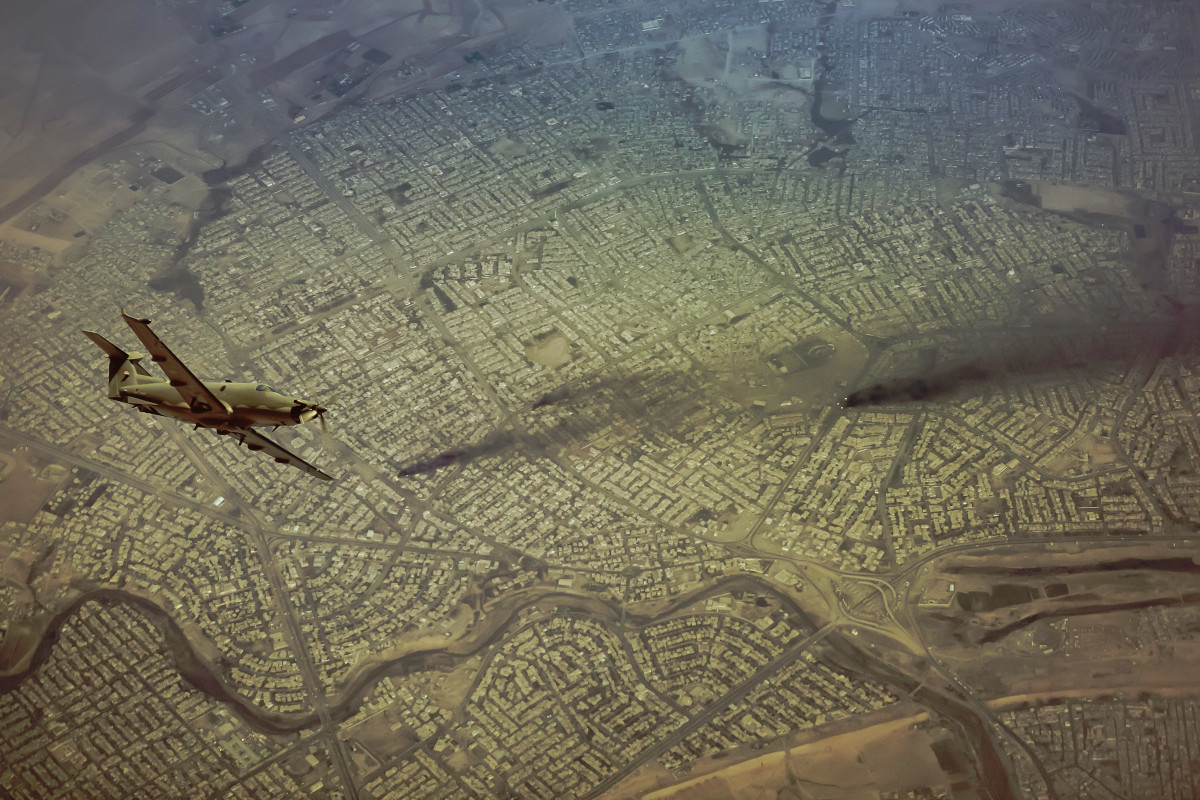
“We can be right overhead; we don’t even need the satellite,” a U-28A pilot from the 319th SOS, identified only as Captain David, told Military.com in 2018. “We can talk directly to the guys on the ground and provide that good coverage for them.”
But perhaps most importantly, the small U-28As are relatively cheap to fly and maintain and can operate from small airports and forward operating bases with limited infrastructure. A standard non-military PC-12 reportedly costs just around $500 per flight hour to operate. “We can provide four hours’ station time, plus an hour there and back, and land using less fuel than it takes a C-130 just to start and taxi to the runway,” Captain David had also told Military.com.
Given the worldwide popularity of the PC-12 on the commercial market, the U-28As can also typically keep a lower profile when deployed abroad to support sensitive missions. Some of the planes have even flown with civilian-style paint jobs, rather than the standard AFSOC two-tone gray scheme, in order to be particularly discreet.

AFSOC also operates a fleet of C-146A Wolfhound light transport aircraft, militarized Dornier Do 328s, which it refers to as “non-standard” and that wear civilian-style schemes for similar reasons. It also used to fly C-145A Coyotes, a modified version of the PZL M28 Skytruck, in similar roles, but has since shifted these aircaft to units tasked with helping to train and advise friendly foreign air forces and repainted them in the standard gray scheme. You can read more about both of these aircraft in this past War Zone story.
The C-145As, C-146As, and U-28As, of course, all have various features that make them stand out as military aircraft to trained observers. Even in a civilian-style paint scheme, the Draco’s underbelly equipment gondola and sensor turret are readily apparent.

Still, the U-28A’s capabilities, together with its low operating cost and discreet nature, have made particularly ideal for supporting small counter-terrorism missions across Africa and in the Pacific region, though they have served in larger conflict zones, such as Afghanistan and Iraq. Specific details about any of these missions remain sparse, but, as of 2018, the entire Draco fleet had amassed some 500,000 flight hours, according to Military.com.
A Draco notably crashed as it headed back to Camp Lemonnier in Djibouti from an unspecified mission on Feb. 18, 2012, killing all four individuals on board. The Air Force later concluded that spatial disorientation likely led to the mishap.
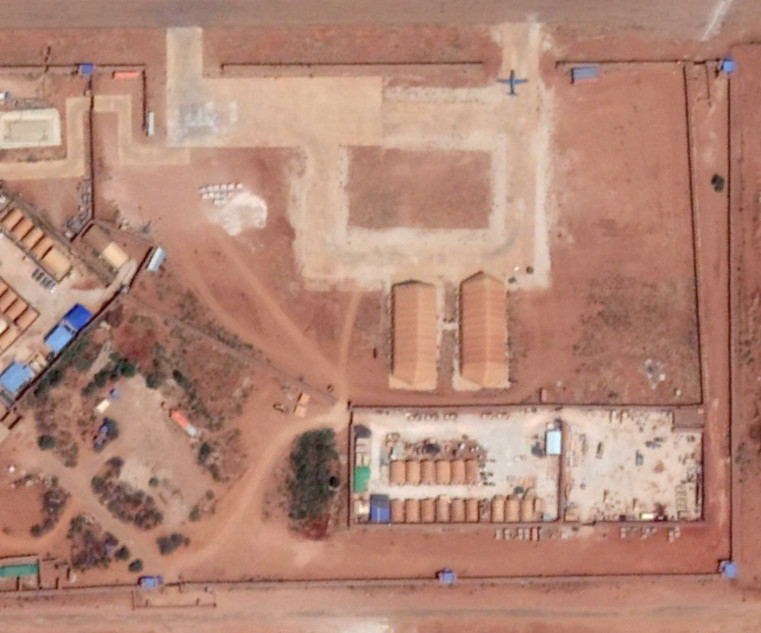
The U-28A’s various features and performance have certainly contributed to its longevity in U.S. military service, which has had something of a convoluted history so far. As noted, the Air Force originally described the aircraft publicly as small “utility” aircraft, despite their intelligence, surveillance, and reconnaissance (ISR) mission. The service had also purchased a number of commercial PC-12s, not to be confused with the U-28As, for “non-standard” missions alongside the C-145As and C-146As. Further confusing matters, the U.S. military also hired private contractors to fly modified PC-12s with ISR equipment in support of various shadowy missions, especially in Africa.
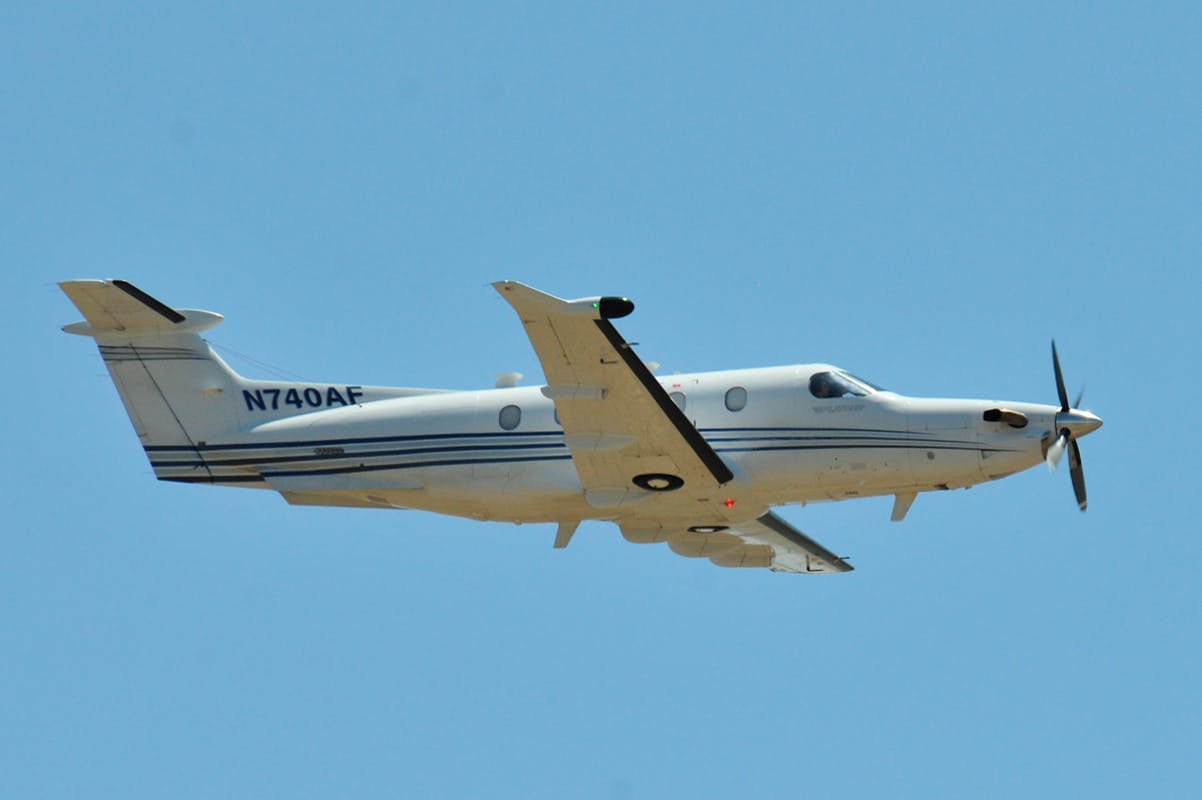
AFSOC had also previously planned to retire them for good between 2014 and 2015 and replace them with MC-12W Liberty aircraft, which are modified twin-engine Beechcraft King Airs. The primary driver in that initial decision was the looming prospect of heavy depot maintenance across the U-28A fleet, which had found themselves flying far more often than the Air Force had expected.
In 2013, U-28As began hitting the need for a 20,000 flight hour inspection, which cost $595,000 per aircraft, according to an AFSOC history the author previously obtained via the Freedom of Information Act. At that time, the projected cost of 35,000 flight hour inspections, which the Air Force expected the planes to begin needing in 2017, was $1.14 million per plane.
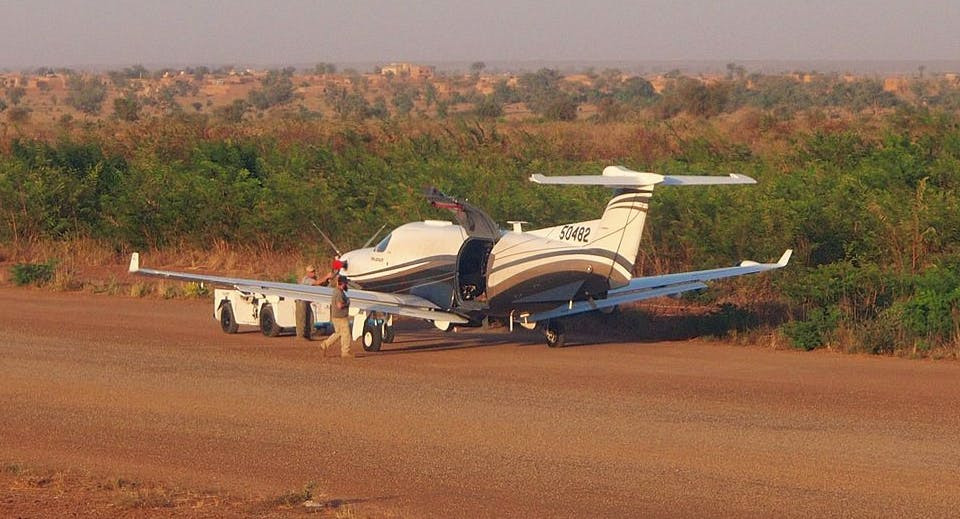
AFSOC felt that the costs, combined with expenses of upgrading the sensors, communications, and data-sharing equipment on the aircraft as time went on, outweighed the capabilities that they provided. However, Congress disagreed, prompting a debate about the U-28A’s future that finally came to a close in 2015.
“There was [a] discussion about moving to the Liberty birds,” now-retired U.S. Air Force Lieutenant General Bradley Heithold, then head of AFSOC, said at an Air Force Association event in March 2015. “That discussion is over.”
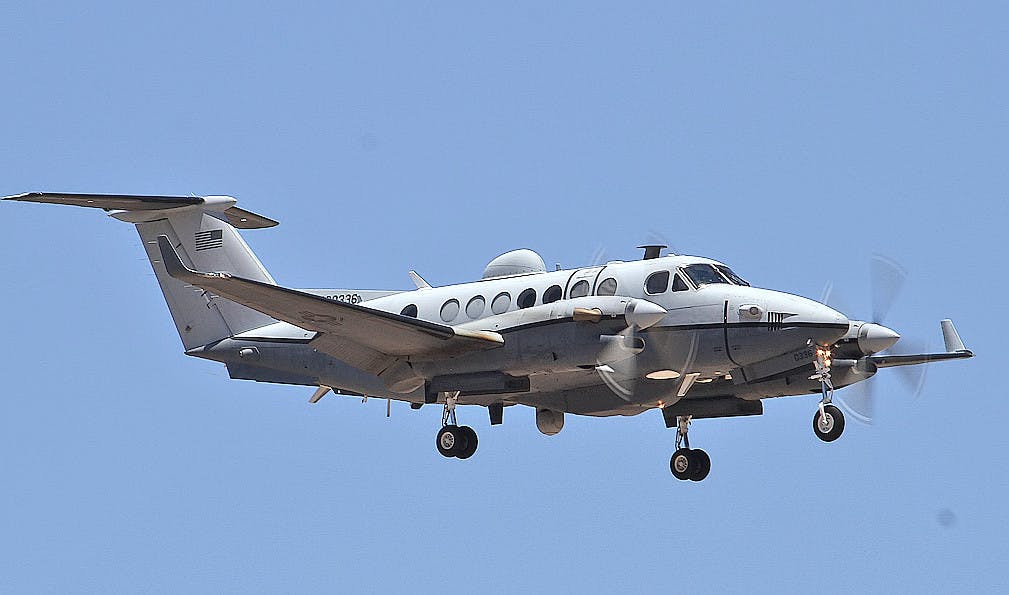
The MC-12Ws have since gone to the Air National Guard, where they joined a number of other modified Beechcraft King Air intelligence and surveillance aircraft, known as Javaman, as well as to the U.S. Army. The King Air remains an extremely popular ISR platform and a myriad of other types are in Army service, as well as with U.S. Special Operations Command, and among contractors supporting U.S. military missions overseas.
Amid persistently high demand for aerial ISR assets, AFSOC had already decided to begin converting its remaining commercial PC-12s into the U-28A configuration in order to expand the size of the fleet, too. It has been working to bring all of the aircraft up to the EQ+ standard, as well.
The newly christened Dracos look set to be monitoring targets of interest and keeping watch over special operations forces around the world for years to come.
Contact the author: joe@thedrive.com
